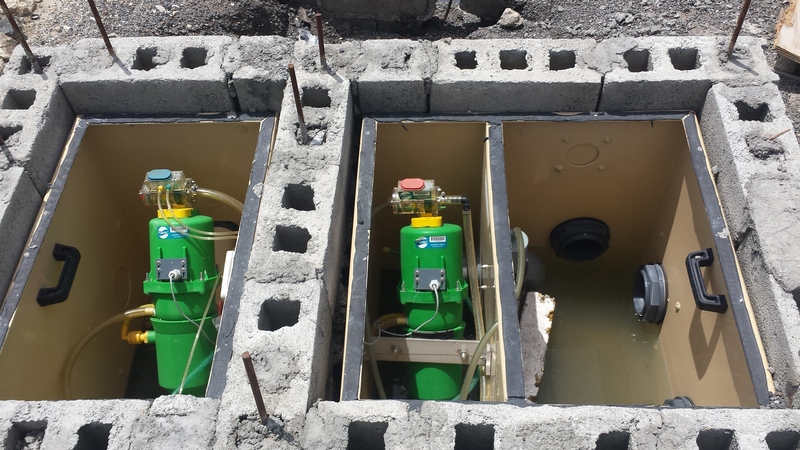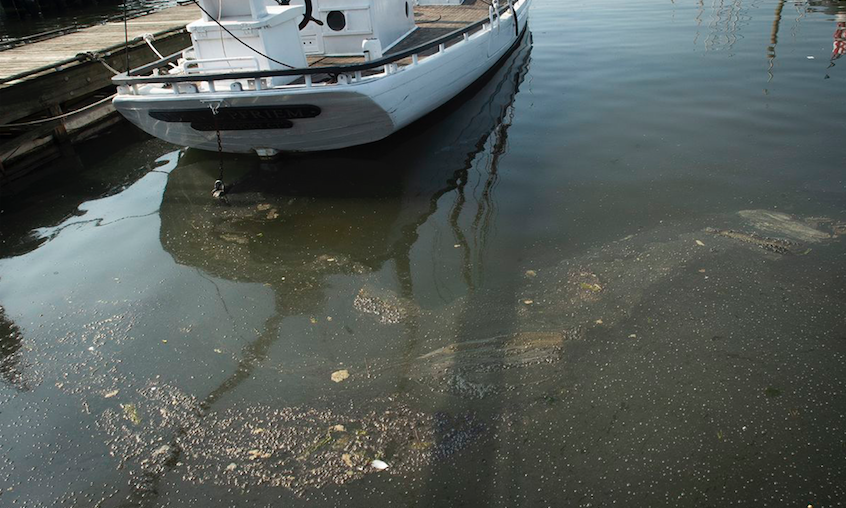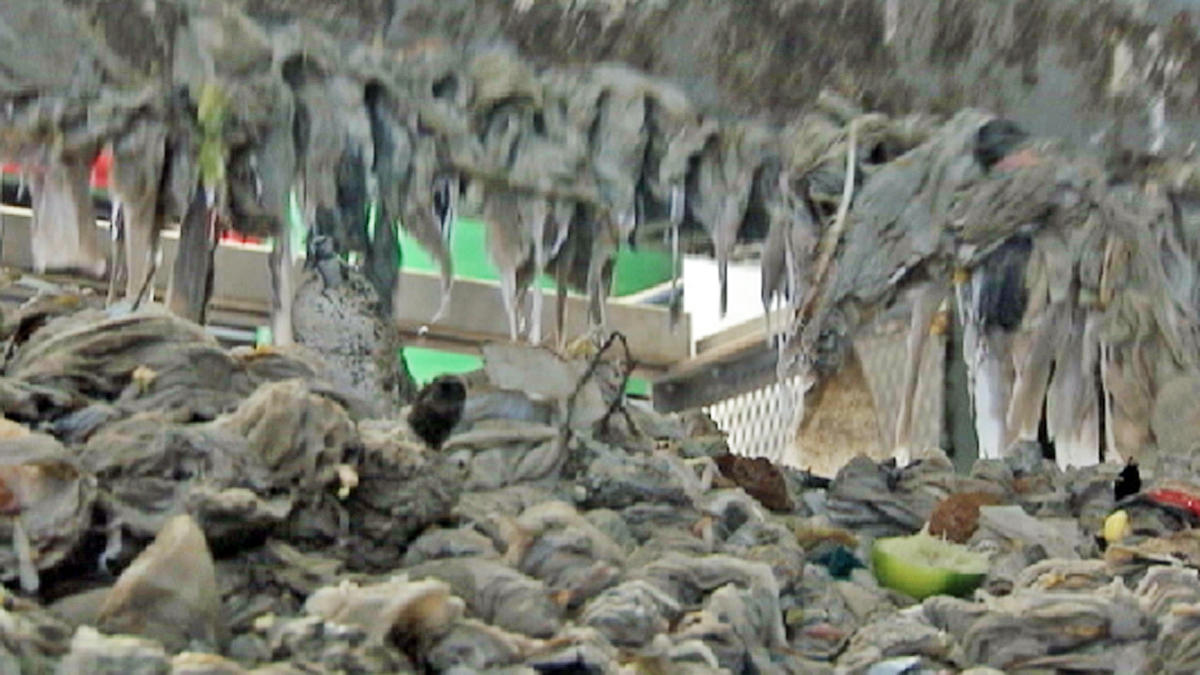The Hidden Costs of Gravity Sewers vs. Vacuum Sewers
- 18 December, 2020

The cost of sewage infrastructures
When looking at what sewage infrastructure to use in a difficult area, most consultants will do a study which compares gravity sewers with vacuum sewer technology. These costs are usually split between the capital cost of the project and the whole of life costs. In some countries the consultant will also do a carbon footprint study to look at the environmental impact of the new infrastructure.
When looking at the capital cost for a sewerage infrastructure project, engineers look at the following major items:
- Pump Station Costs.
- Cost of Pipe in the Ground.
- Manholes or Collection Pits.
- Property Connection Costs to the Collection Point.
- Rising Main Cost to the Treatment Plant.
Analysis of infrastructure and operational costs
Will the previous information give a municipality or developer the full picture? What is being left off this analysis? Here we take a deeper look at some of the key aspects to take into consideration when planning a sewage installation.
Pump Station Costs. In a gravity system, multiple gravity pump stations may be required where one vacuum station will handle the flow. Is the cost of the land taken into account? How about the impact of a properties value if situated next to a pump station?
Pipe Installation Cost. Usually the consultant will look at the price of pipe per metre installed in the ground, but how about how long the construction period is to install pipe in difficult ground where dewatering may be required. The gravity project in the photo required 2 weeks per every 100 metres of pipe being laid. Some area’s with very hard rock may take longer. If dewatering what is the cost of disposing of the water? If requiring new fill from somewhere else to embed the pipe, what is that cost?
Operational Costs and Risks. Health and safety of operators, odour, gas explosions, fatbergs, wet wipes clogging pumps, exfiltration damage. None of these are adequately covered in assessments.
Energy Costs. Does the community count the cost of the extra energy costs when it is only homeowners paying the cost with grinder pumps or do you need to look at the cost to the town? When infiltration occurs how much extra power will that consume at pump stations and at the treatment plant?
Key points to consider
Besides the cost analysis, here are other key points that need to be also taken into account:
Impact on Community, Trade and House Sales. If a project takes a long time to be installed then a municipality may not allow a developer to commence the sale of houses until all houses are connected to the sewer. Also, if commercial areas or shops cannot be accessed for extended periods this may have a financial impact on the project. If homeowners cannot access their homes, then what is the political cost?
Easement Requirements. When looking at a low pressure pump scheme where pumps are required on private properties has the cost of an easement been built into the estimate? When looking at Whole of Life costs does it include washing down the sewage off people’s yards after repairs have been made to the pumps?
Treatment Plant Impact. If designing a gravity sewer where infiltration will need to be accommodated will the Treatment Plant need to be upgraded and what is the impact of the increased discharge?
Increased Risk. Is there an assessment given over possible EPA or environmental fines if a gravity system or low pressure system discharges sewerage into a sensitive area? What happens in a tourism area if the sewage overflows? How about in a fishery habitat?

Sewage can pollute the water at the marina

Wet wipes clogging a gravity sewer
Get our news
Temas
Archives
FLOVAC
Flovac is the world’s leading vacuum sewerage engineering, supplier and operation company.
Primer de Maig 4 Street
08980, Barcelona
Spain

CONTACT US
COPYRIGHT © 2021 FLOVAC - THE GREEN FUTURE OF SEWERAGE


